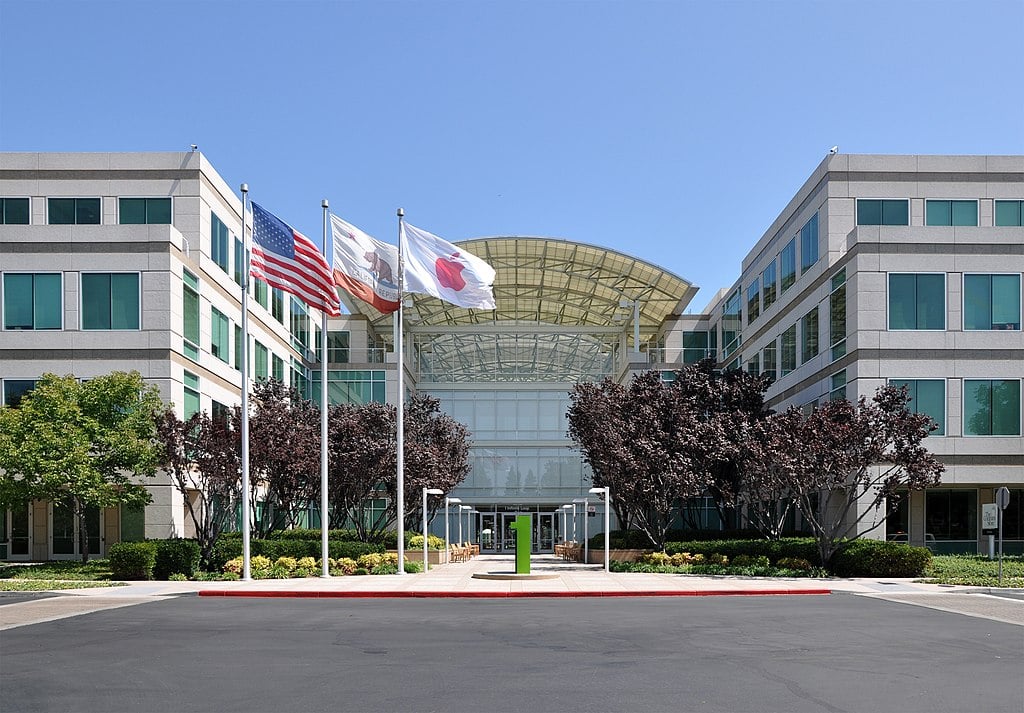Understanding the economic and social forces shaping San Francisco’s expensive lifestyle.

San Francisco consistently ranks among the most expensive cities in the United States, driven by a confluence of factors deeply rooted in its unique geography, economy, and policy environment. Housing shortages, fueled by limited land and stringent zoning laws, interact with a booming tech sector to elevate income disparities and rents. Additionally, transportation costs, local taxes, and rising prices for goods and services compound the overall high cost of living, challenging residents’ affordability and lifestyle choices.
1. Persistent housing shortages limit available homes in San Francisco.

The scarcity of housing units in San Francisco stems from a persistent imbalance between demand and supply. Cramped between bay and hills, the city finds itself limited in space, with existing neighborhoods tightly packed, leaving little room for new development and expansion.
As a result, competition among prospective buyers and renters intensifies, inflating property values and rental rates. Long-standing residents and newcomers often find themselves vying for the same few available units, surging prices upward and deepening affordability issues across the city.
2. Environmental regulations add costs to development and maintenance projects.

Environmental regulations in San Francisco contribute to rising costs of development and maintenance projects. These policies aim to preserve the city’s natural beauty and ensure sustainability but bring additional expense to contractors.
Developers face increased compliance costs for environmentally-friendly materials and practices, translating to higher end-user prices. Over time, this focus on green initiatives both maintains ecological integrity and challenges economic efficiencies in city planning and property management.
3. Elevated wages in tech industries raise overall living expenses.

The tech sector’s success in San Francisco brings elevated salaries but also raises living costs. With tech salaries often substantially exceeding average incomes, competition for housing intensifies, causing rapid escalation in home prices across neighborhoods.
Non-tech workers are affected adversely, struggling to keep pace with rising costs without the benefit of tech-industry wages. This disparity increases living expenses citywide, as the cost of services and goods adjusts to the market’s spending power, compounding affordability challenges further for those outside the tech bubble.
4. Stringent zoning laws restrict new construction and development efforts.

San Francisco’s restrictive zoning laws hinder new construction efforts, straining an already constrained housing supply. Proposals for development face rigorous scrutiny in the approval process, where existing regulations often slow progress.
This limitation on expansion stifles potential growth by preventing timely responses to housing demands. Consequently, prospective residents encounter fewer affordable options, intensifying the city’s ongoing struggle against swelling housing costs and contributing to the broader affordability crisis.
5. Elevated costs for utilities impact monthly household budgets significantly.

Skyrocketing utility expenses add another layer to San Francisco’s cost of living. Factors such as energy rates, water use restrictions, and infrastructure surcharges drive up monthly household budgets, affecting all residents.
Heating, cooling, and water bills demand careful management to avoid overspending. For many, these unavoidable costs translate into tighter budgets and limited disposable income, spurring careful financial planning to manage these persistent and necessary expenditures without sacrificing quality of life.
6. Transportation expenses increase due to limited public transit infrastructure.

Transportation costs in San Francisco rise in part due to limited public transit options. With a system struggling to cover all areas effectively, residents often turn to personal vehicles or ride-sharing services, increasing overall travel expenditures.
These costs climb further with congested roads and parking scarcity. Commuters can’t avoid paying more, with transportation lines stretched thin, underscoring the importance of comprehensive transit planning to address infrastructure demands in a densely populated urban environment.
7. Local taxes and fees contribute to higher costs for residents.

Local taxes and fees play a significant role in San Francisco’s overall cost structure. The city imposes a complex web of taxes, from property and sales to various business assessments, contributing to the high financial burden faced by residents.
These costs strain personal and business budgets alike, pushing up the price of living. Residents feel the squeeze as municipal fees combine with other expenses, making financial planning more challenging as they navigate the city’s high-demand economic landscape.
8. Premium pricing on everyday goods reflects elevated business overheads.

Everyday goods in San Francisco often carry premium price tags, reflecting heightened business operating costs. Retailers grapple with elevated rent, wages, and supply expenses, passing these increased overheads onto consumers.
Shopping for groceries or essentials can quickly become expensive, illustrating the ripple effect of high local operating costs. Consumers face a balancing act between necessary purchases and budget constraints, highlighting the impact of elevated expenses on day-to-day life in San Francisco.
9. High cost of health and personal services influences living expenses.

The high cost of healthcare and personal services significantly affects San Francisco’s living expenses. In a city with demanding lifestyles, quality services command premium rates, influencing overall household budgets.
Routine medical services, salon visits, or fitness memberships each add up, emphasizing a heightened emphasis on service quality over cost. As expenses continue to climb, residents may reassess their spending habits and prioritization of personal care and wellness services to maintain fiscal balance.
10. Popularity among remote workers intensifies competition for housing options.

The influx of remote workers has escalated competition for San Francisco homes in recent years. With many drawn by the city’s vibrant atmosphere and cultural perks, remote flexibility allows them to reside where they desire most.
Rising demand complicates the housing landscape as these newcomers often seek short-term rentals or alternative housing arrangements, influencing market fluctuations. Established residents must navigate the evolving housing scene, assessing the trade-offs between location desirability and affordability.
